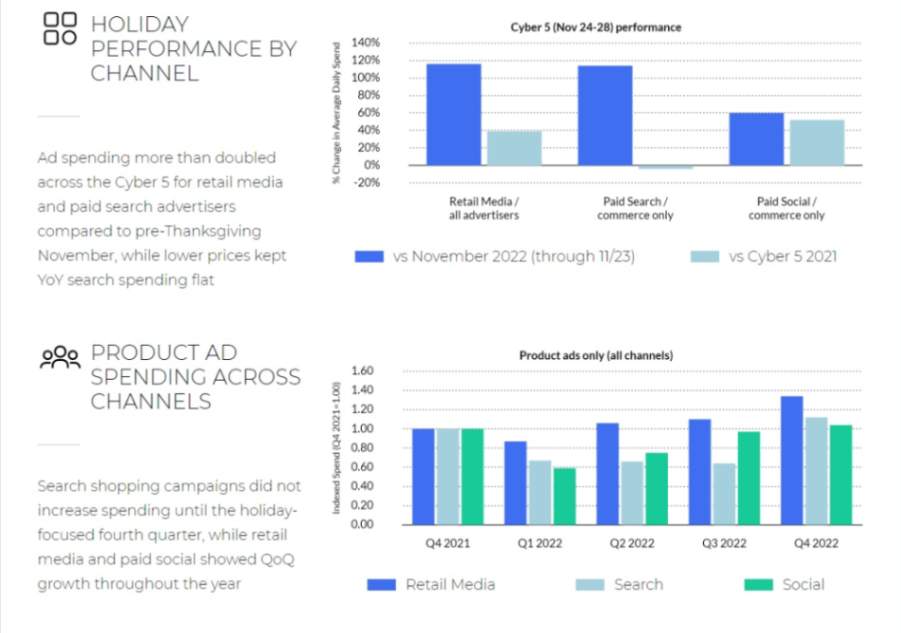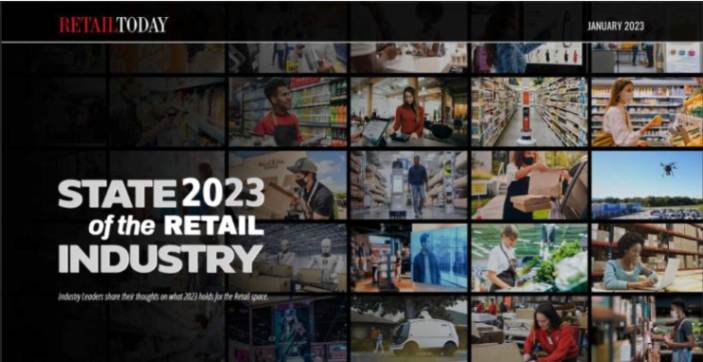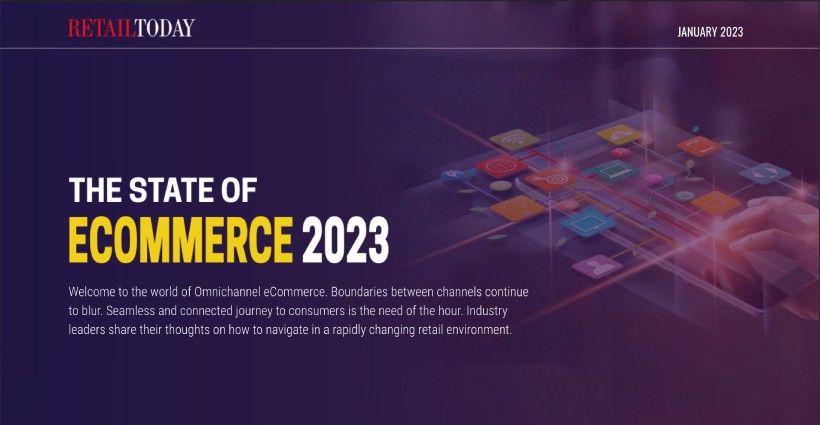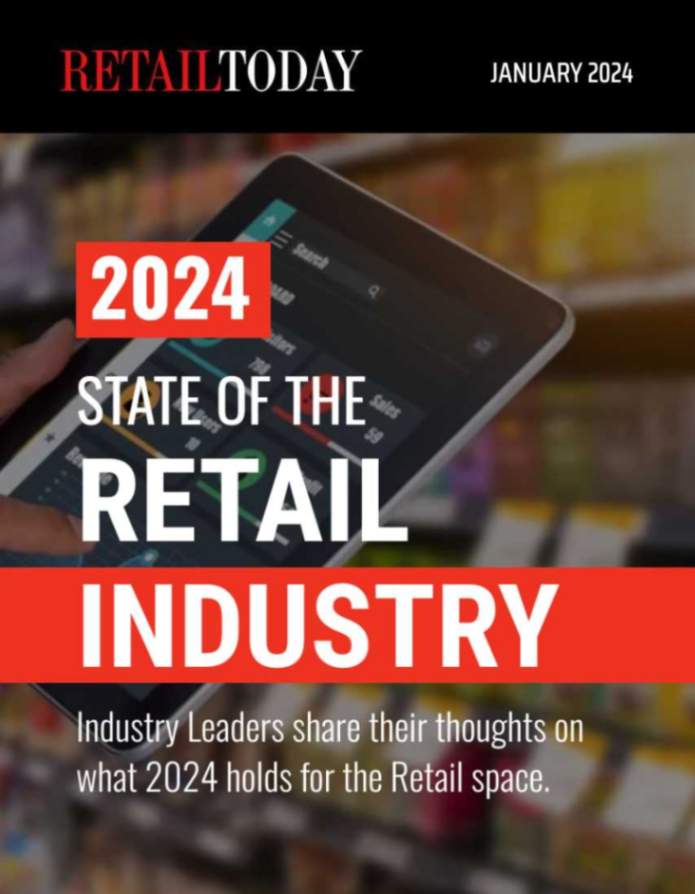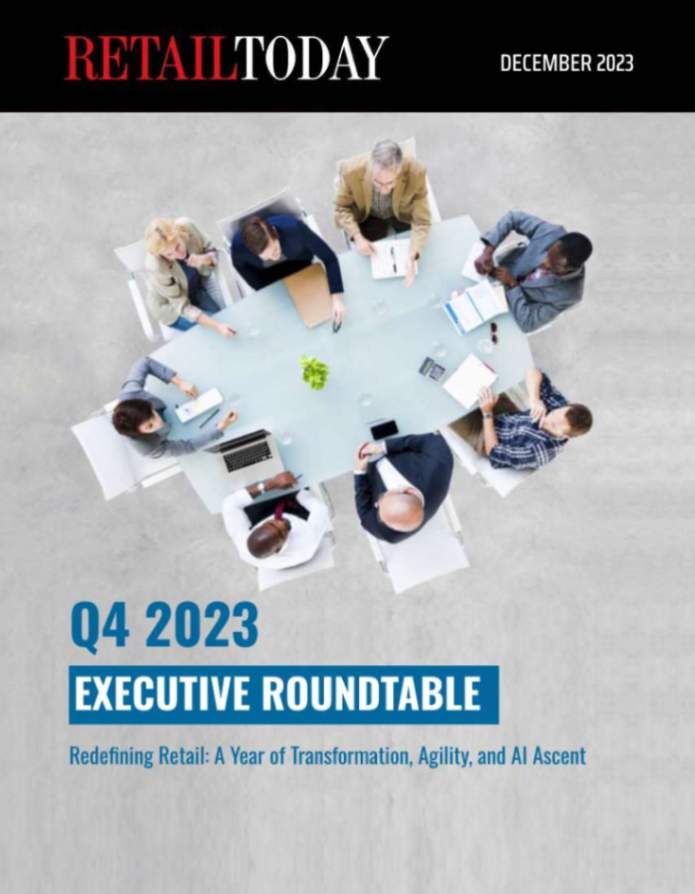Today, Skai, an omnichannel platform for performance marketing, published its Q4 2022 Digital Marketing Quarterly Trends Infographic, an in-depth analysis of the digital marketing trends that defined the fourth quarter of last year, with a full report to follow next week. Overall, the volume of ads shown and clicked increased in retail media, search, and social channels compared to both Q3 of 2022 and Q4 of 2021, pushing spending higher as well even as ad prices continue to drop.
Ad volume grows across channels
The number of ads and ad interactions measured by impressions and clicks, respectively, grew at a healthy pace in Q4. Total impressions for the paid social channel grew 57% year over year (YoY), while retail media and paid search impressions grew 45% and 22% YoY, respectively. Clicks showed similar growth in each channel.
Most advertisers saw lower ad prices
Advertisers were more likely to see lower YoY ad prices in Q4 than higher prices across channels. Seventy-nine percent of paid social advertisers in Skai’s analysis had a lower cost per thousand impressions (CPM) than in Q4 of 2021. In retail media and paid search, 53% and 48% of accounts paid a lower cost per click (CPC) in Q4 2022, respectively.
Spending growth moderates across channels
Spending increased over Q4 of 2021 in all channels, but lower ad prices yielded lower growth rates than previous quarters. Retail media spending saw the biggest increase, with spending up 17% quarter over quarter (QoQ) and 34% YoY. Total investment in paid search grew 21% QoQ and 7% YoY, and paid social grew overall budgets 8% QoQ and 3% YoY.
Other QoQ and YoY findings include:
| Channel | Metric | QoQ Change | YoY Change |
| Retail Media | Impressions | +17 % | +45 % |
| Clicks | +16 % | +50 % | |
| CPC | +5 % | -11 % | |
| Paid Search | Impressions | +31 % | +23 % |
| Clicks | +30 % | +22 % | |
| CPC | -7 % | -12 % | |
| Paid Social | Impressions | +14 % | +57 % |
| Clicks | +19 % | +67 % | |
| CPM | -5 % | -35 % |
“We continue to see declining prices for advertisers across key digital marketing channels, even as those ads reach more eyeballs and generate more clicks,” said Chris Costello, Senior Director of Marketing Research at Skai. “While structural factors like ad inventory are likely part of that trend, advertisers do seem to be adapting to shifting economic conditions by maximizing budgets and getting in front of customers wherever they can. As walled garden publishers evolve their offerings, it creates an inflection point where advertisers can tweak strategies and goals for programs and give the algorithms a target that’s in line with current customer behavior. At a high level, this reinforces the value of these channels even as it tamps down spending growth during the transition.”
